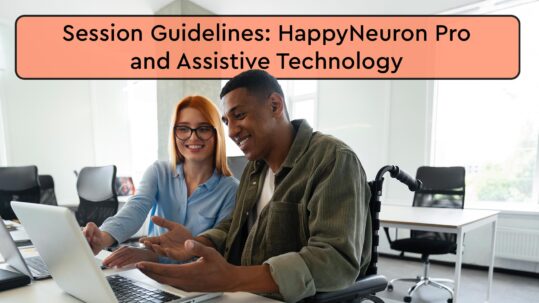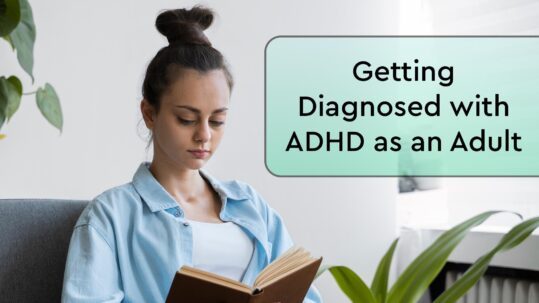What is a Dyslexic Brain?
What is Dyslexia?
Dyslexia is classified as a learning disability that affects an individual’s ability to read, spell, write, and speak. It is often known for causing poor reading skills. A key sign of dyslexia is trouble decoding words (matching letters to sounds) and phonemic awareness (the ability to recognize the sounds in words). Although these are the most common symptoms of dyslexia, many individuals may not struggle with reading with a poor understanding of grammar rules or reading or math comprehension. In this blog, we are going to explain what a dyslexic brain is.
What makes a dyslexic brain different?
Structural Differences
There are structural differences in the dyslexic brain versus non-affected brains. Booth and Burman (2001) found that people with dyslexia have less gray and white matter in the left parietotemporal areas. Having less gray matter leads to auditory processing difficulties such as phonological awareness. While less white matter has a correlation with difficulties with reading and communication skills (Deutsch, Dougherty, Bammer, Siok, Gabrieli, & Wandell, 2005).
Heim and Kiel (2004) found structural differences in Dyslexic brains vs non-dyslexic brains. Non-affected individuals who are right-hand dominated tended to have brains that were asymmetrical with the left hemisphere being larger than the right. On the contrary, right-hand dominant individuals with dyslexia tended to have a more symmetrical brain or the right hemisphere being larger than the left. Although this is still being researched, their current research implies the explanation of the reading and spelling problem in affected individuals.
Processing Differences
Shaywhitz et al. (2002), studied 144 right-handed children with and without dyslexia in a non-invasive functional magnetic resonance imaging study (fMRI). Their research concludes these major processing differences.
- Non-impaired children had more activation in the areas known to be important for reading compared to the impaired children.
- The non-impaired children who were good at decoding had more activation in the left hemisphere.
These findings suggest that children with dyslexia have disruptions in the rear reading systems in the left hemisphere which leads the child to compensate by using less efficient systems. It highly suggests that dyslexic brains have a different distribution of metabolic activation and they have more failure in the rear left hemisphere during reading. These individuals tend to have more activation in frontal regions to compensate for poor performance in the rear.









